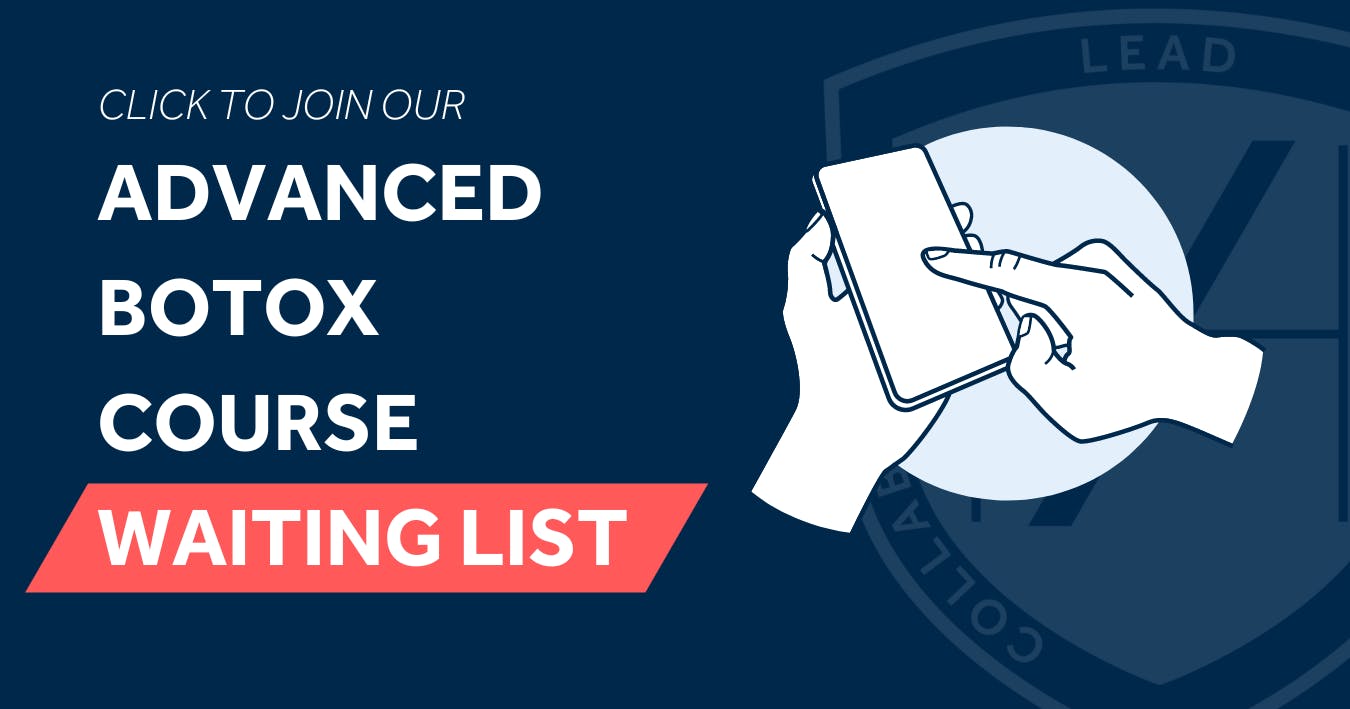10 Things New Aesthetic Practitioners Need to Know About Botox
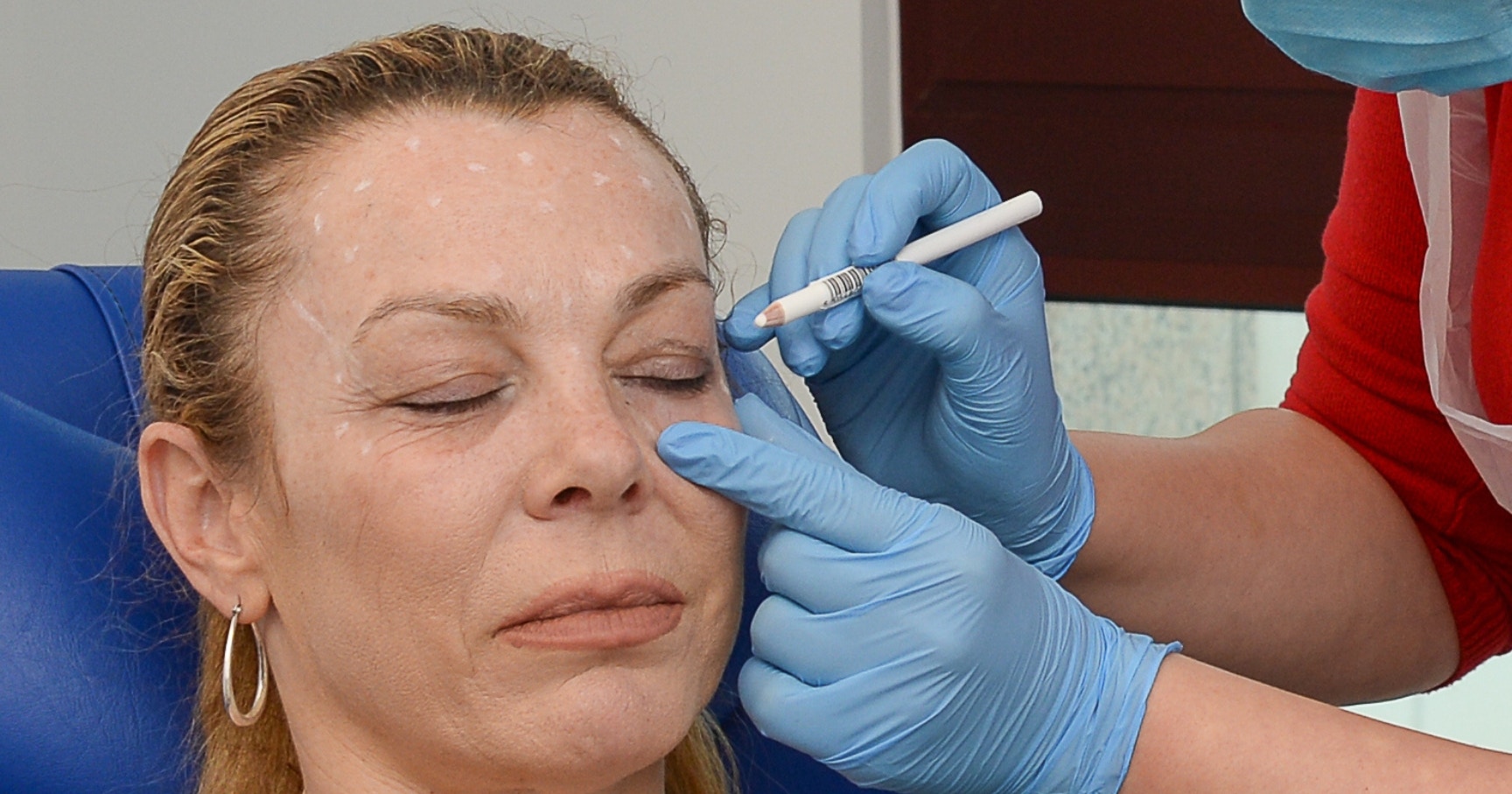
New aesthetic practitioners often start their careers by offering botox treatments only. Providing upper face toxin treatments - commonly known as the ‘three areas’ - well can be a great business platform.
It’s an in-demand service that opens doors, making it a wonderful way to get started. This approach can allow you to build your clientele and confidence before progressing onto filler treatments and beyond.
But if you’re only offering this specific service, it’s important to become really good at it!
Here we’ve rounded up 10 articles featuring our best botox advice for novice aesthetics practitioners to help you perfect your techniques…
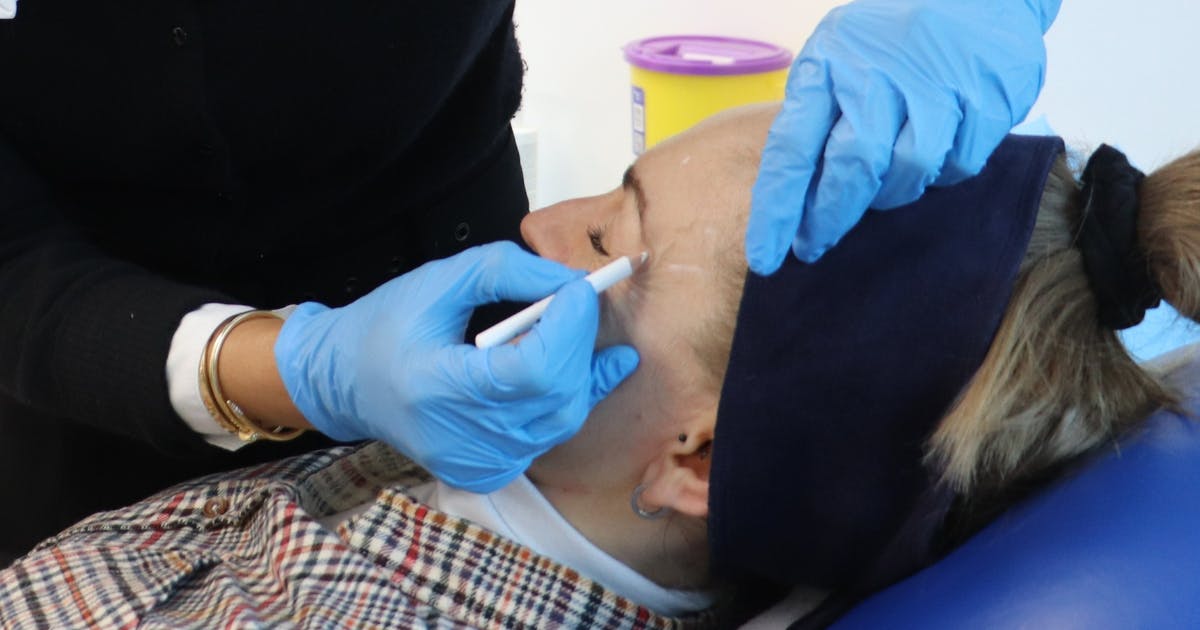
1. Understanding botox needle depth when injecting
In this article, our Clinical Director, Dr Harriet Jenkins talks to us about understanding botox needles and depth when injecting. We also share insights from Clinical Trainer, Dr Lindsay Jones, who helps answer your frequently asked toxin questions, including:
- The difference the size of your needle can make when injecting botulinum toxin
- What happens if you go too deep with the needle?
- Which treatment areas are more complex to inject with toxin?
2. How to personalise botox injections for your patients
Director of Clinical Education, Dr Kalpna Pindolia explains why you should provide a bespoke toxin service to each of your patients. She outlines how to personalise your botox treatments in practice in order to elevate your toxin services. Gain straightforward, practical advice from an expert practitioner, that covers:
- How to test your patients’ muscle strength in the upper face
- What to do if the muscles are stronger on one side
- How to adjust your dosing based on anatomy and patient goals.
3. Treating the glabellar lines with botulinum toxin
This is the second of a two-part interview, also with Dr Kal, on glabellar line botox. We’ve included a link to part one in there so you don’t miss out! Here she details:
- The best needle size to use
- Best practice botox injection techniques to use when treating glabellar lines
- Common mistakes new injectors often make here and how to avoid them.
4. Botox injecting techniques for a ‘brow lift’
‘Botox brow lifts’ are an increasingly popular patient request. This involves opening up the eye area to tackle concerns of ‘looking tired’. We highlight information on dosing, when to avoid this treatment and three different techniques to ‘lift’ the brow:
- Lifting the tail of the brow directly
- A chemical lift at the glabella complex
- Injecting toxin to lift the brows using the frontalis.
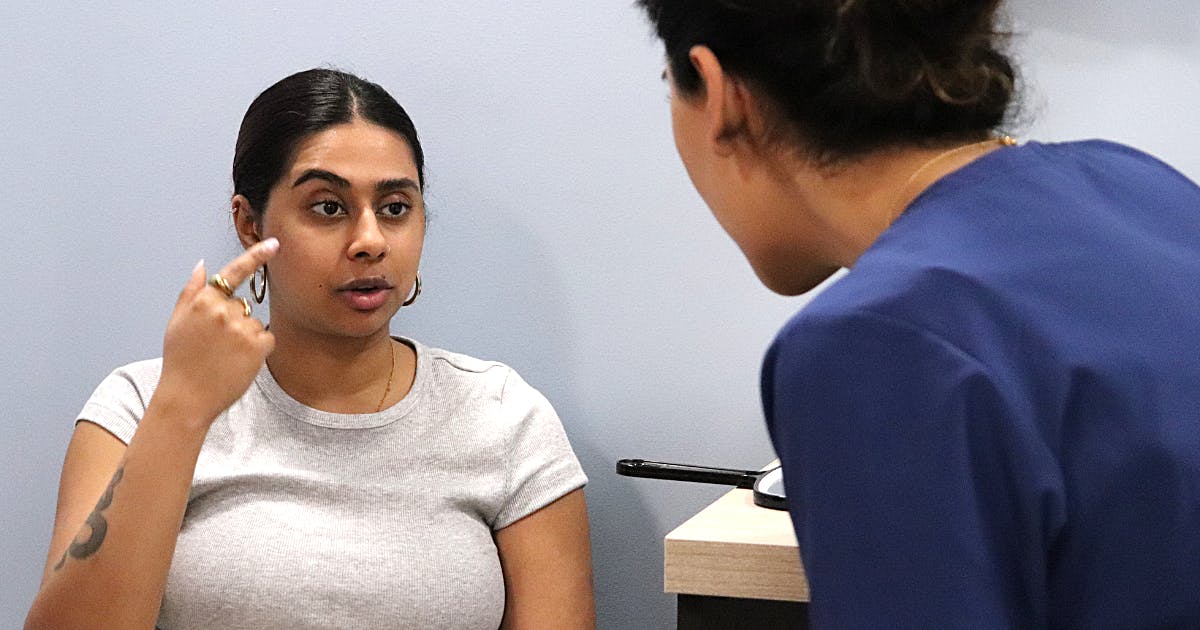
5. How to lift the tail of the brow using toxin
Here we take a more detailed look at using botulinum toxin to lift the tail of the eyebrow. In addition to explaining why this treatment is used and what makes a good candidate, we also cover:
- The muscles you need to target
- Botox injection techniques for direct and indirect lifting
- How to avoid causing a Spock or Mephisto sign and how to correct it if you do.
6. The trade off between forehead lines and brow positioning
For many aesthetics patients, using toxin to resolve forehead line and brow positioning concerns, involves a straightforward two or three area treatment.
However, for more mature patients, there may need to be a ‘trade off’ whereby they have to choose which of these two issues is most important. This is due to treatment complexities arising from age-related skin laxity and brow heaviness.
Dr Marcus Mehta, Harley Academy Chief Marketing Officer and Co-Founder of STORY Clinics, explains this scenario so you can improve your awareness of adapting your approach for different patient cohorts.
You’ll learn:
- Crucial aspects of facial assessment for toxin treatment
- How to adjust your approach based on patient presentation
- When a ‘trade off’ is needed and should be explained to your patient.
7. Treating toxin patients with hooded eyelids
Learning proper botox placement according to your patient’s unique anatomy, muscle strength and sensitivity is crucial for safe, effective toxin treatments.
If you’re not injecting in the right area, at the correct depth, you could cause ptosis, affecting the muscles that control movement of the brows and/or eyelids. We explore”
- Toxin placement and the complexities with treating patients with hooded eyelids
- Lid and brow ptosis
- Avoiding giving patients a startled appearance by not treating the frontalis laterally enough.
8. How to treat male botox patients
“How do I treat male botox patients?” is such a common query! In this dedicated article, cosmetic nurse and Clinical Trainer, Shantel Noble explains some of the key differences you can experience when treating male versus female patients. This includes:
- Why your patient’s hairline matters for upper face toxin treatments
- How to adapt if your patient has ‘thicker skin’ or stronger facial muscles
- The dosing required to provide a natural-looking Botox result for men, or a more ‘frozen’ look, depending on their desired outcome.
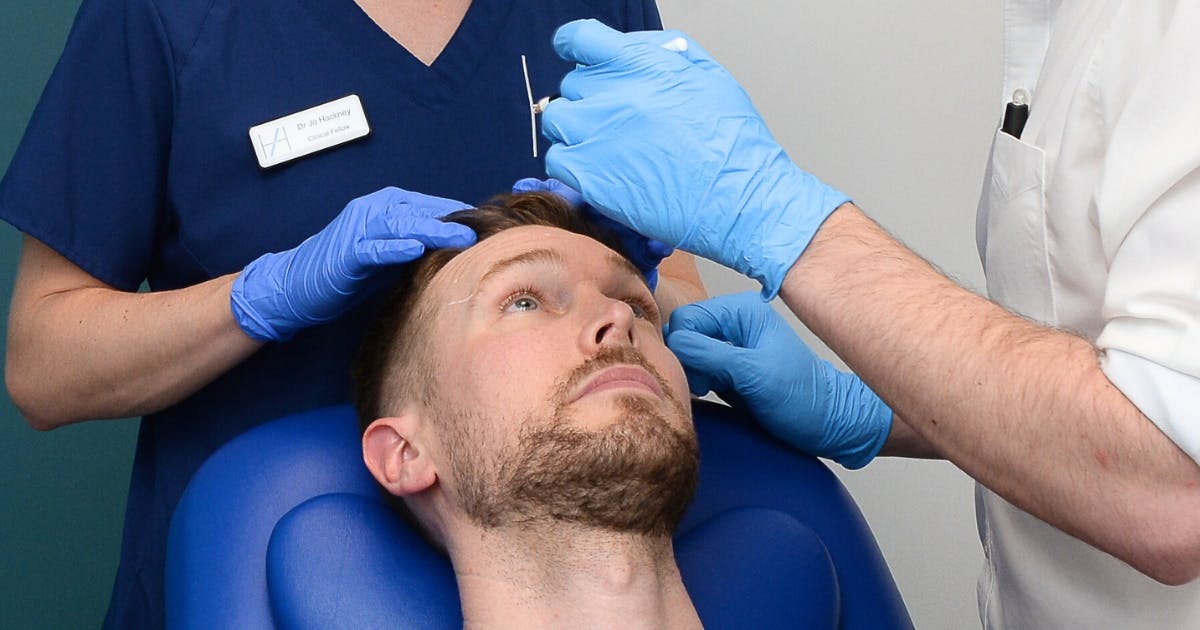
9. Botox techniques for needle resistance in the lateral corrugator
If you’re concerned about encountering this, or if you don’t know what ‘needle resistance in the lateral corrugator’ refers to, click through to read this article! Dr Kalpna Pindolia explains what it means, why it matters and how to ensure you’re injecting correctly. She advises on:
- Why you may encounter this type of resistance
- How to overcome this
- Her top botox injecting technique tips to help you through these situations.
10. Treating toxin patients who have a small forehead
Did you know that there can be a higher risk of ptosis with patients who have a small forehead? Shantel Noble talks you through what you need to know about this anatomical presentation and how to treat these patients using best practice techniques, including:
- Where to place your injections for upper face toxin
- Dosing adjustments to consider
- The other risk factors to assess for in these patients.
Test your knowledge and find out more
If you’ve made it this far and have read through all the above articles, we hope you’re feeling more confident in your neurotoxin knowledge.
Put it to the test and take our Toxin Pop Quiz to see how much you’ve learned. We’ve placed the answers at the bottom of the page so you can see how well you’ve done… but no cheating!
For further reading on this popular aesthetic treatment, check out the Botox filter on our Aesthetic Medicine Articles page.
There you’ll find plenty more specialist advice aimed at novice to intermediate aesthetic practitioners, including:
- Aftercare advice you should give to your patients
- How to use botulinum toxin to correct brow asymmetry
- Which antibiotics are contraindicated for toxin treatments
- What to do if botox stops working for your patient.
You’ll also find details of more advanced botox treatments, including bunny lines and gummy smile correction.
Finding the right botox course for you
Botox training in the core upper face areas should form part of a comprehensive medical aesthetics course.
Understanding the theory and facial anatomy involved in administering these treatments is key to becoming a safe and effective injector.
With all the choices available, picking the right option can be a painstaking process. We’ve put together a little something to help reduce the legwork involved in researching the best aesthetics courses for you.
Take our aesthetics course matchmaking quiz
Find your perfect match by taking our two-minute course matchmaker quiz. Answer a short series of questions based on your medical background, career goals, time availability and budget. It’ll then recommend the best aesthetics training matches for you according to your responses.
For further advice, especially if you have specific questions you’d like answered or want to know more about aesthetic medicine and the career options it offers healthcare professionals, consider these steps…
Speak to our dedicated Course Advisors
Book a call with our Course Advisors. They’ll listen to you and be able to answer all your questions on a no-obligation basis. Whether you want to know about course components or payment plan options, they’ll be able to help. You can access their diaries in order to book a call for a date and time that works for you, so this is a really convenient way to learn more.
If you’d like to learn more about aesthetic medicine in terms of the industry landscape, where the opportunities are, what qualifications are required and how aesthetics regulation will influence the specialty, we have a free one-hour event that will meet your needs.
Attend a free Getting Started in Aesthetics live event
Whether you attend online or in person at our flagship campus in the City of London - Harley Academy Threadneedle Street - our free Getting Started in Aesthetics events are informative and inspirational. Plus, you get to ask our Board members and special graduate guests all the things you want to know before making a decision about whether aesthetic medicine could be the path for you.
We look forward to hearing from you soon!
All information correct at time of publication
Download our full prospectus
Browse all our injectables, dermal fillers and cosmetic dermatology courses in one document
By submitting this form, you agree to receive marketing about our products, events, promotions and exclusive content. Consent is not a condition of purchase, and no purchase is necessary. Message frequency varies. View our Privacy Policy and Terms & Conditions
Attend our FREE open evening
If you're not sure which course is right for you, let us help
Join us online or in-person at our free open evening to learn more
Our Partners














STAY INFORMED
Sign up to receive industry news, careers advice, special offers and information on Harley Academy courses and services


